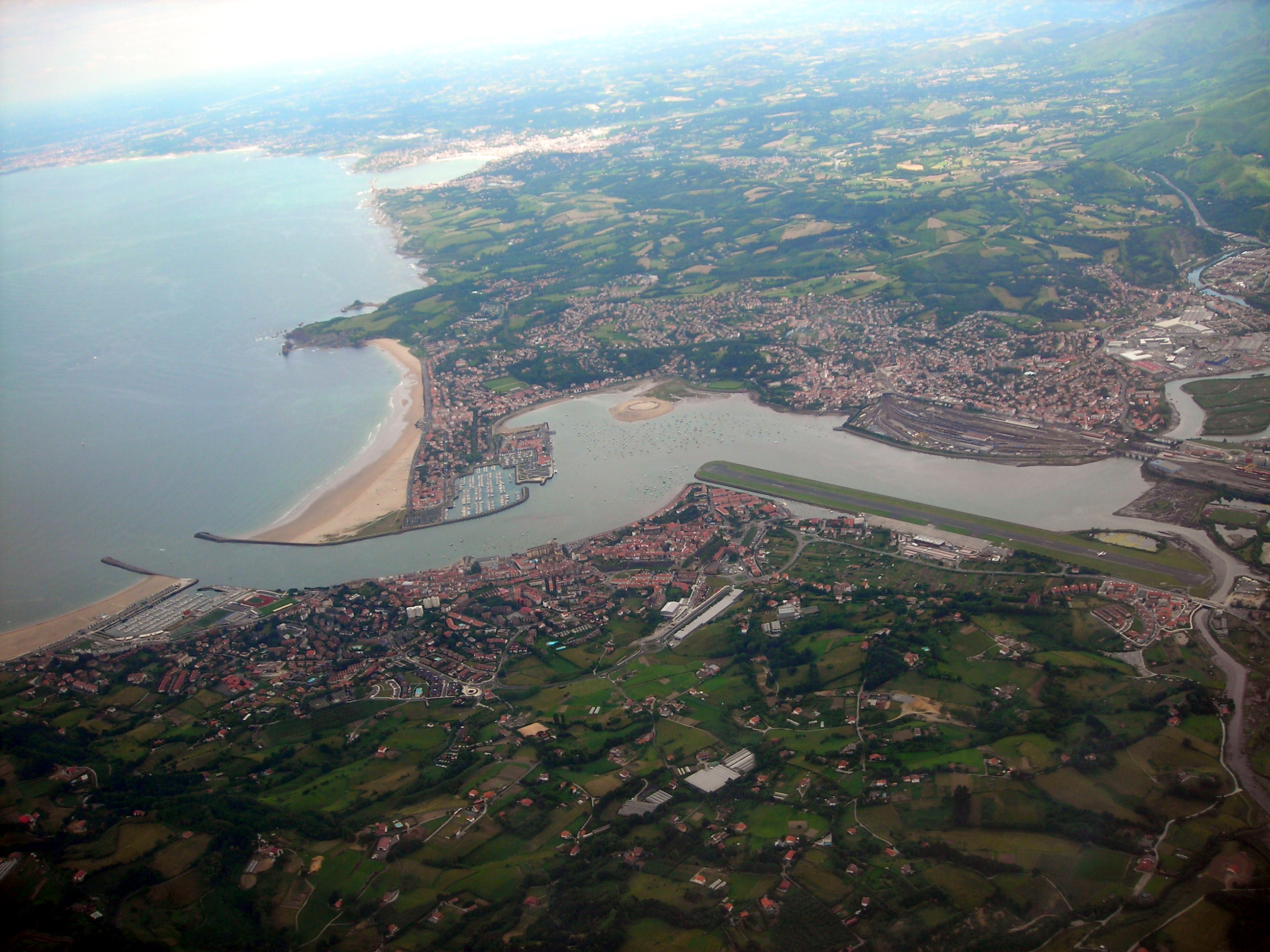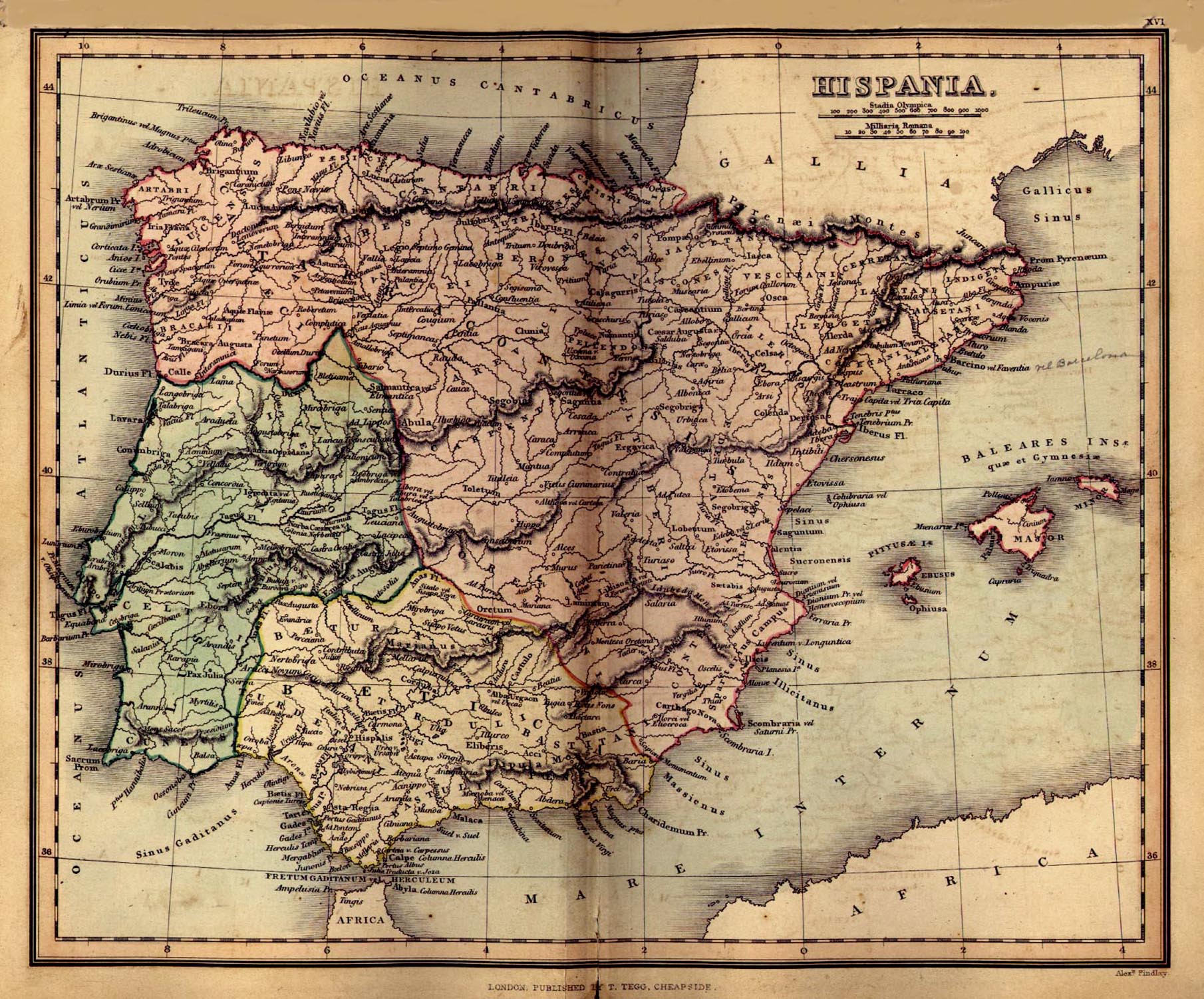Oiasso on:
[Wikipedia]
[Google]
[Amazon]


 Oiasso,
Oiasso,
Oiasso Roman Museum
* * * * {{coord missing, Spain Basque history Roman towns and cities in Spain Former populated places in Spain Vascones


 Oiasso,
Oiasso,Ptolemy
Claudius Ptolemy (; grc-gre, Πτολεμαῖος, ; la, Claudius Ptolemaeus; AD) was a mathematician, astronomer, astrologer, geographer, and music theorist, who wrote about a dozen scientific treatises, three of which were of importanc ...
, 2, 6, 10 OiasonaStrabo
Strabo''Strabo'' (meaning "squinty", as in strabismus) was a term employed by the Romans for anyone whose eyes were distorted or deformed. The father of Pompey was called "Pompeius Strabo". A native of Sicily so clear-sighted that he could see ...
, Geographia
The ''Geography'' ( grc-gre, Γεωγραφικὴ Ὑφήγησις, ''Geōgraphikḕ Hyphḗgēsis'', "Geographical Guidance"), also known by its Latin names as the ' and the ', is a gazetteer, an atlas, and a treatise on cartography, com ...
III, 4, 10. The Casaubonus editions of 1587 and 1620 write ''Oídasoûna'', corrected by Adolf Schulten
Adolf Schulten (27 May 1870 – 19 March 1960) was a German historian and archaeologist.
Schulten was born in Elberfeld, Rhine Province, and received a doctorate in geology from the University of Bonn in 1892. He studied in Italy, Africa a ...
to ''Oíasoûna''. or OiarsoPliny
Pliny may refer to:
People
* Pliny the Elder (23–79 CE), ancient Roman nobleman, scientist, historian, and author of ''Naturalis Historia'' (''Pliny's Natural History'')
* Pliny the Younger (died 113), ancient Roman statesman, orator, w ...
, 3, 29 was a Basque
Basque may refer to:
* Basques, an ethnic group of Spain and France
* Basque language, their language
Places
* Basque Country (greater region), the homeland of the Basque people with parts in both Spain and France
* Basque Country (autonomous co ...
Roman
Roman or Romans most often refers to:
*Rome, the capital city of Italy
*Ancient Rome, Roman civilization from 8th century BC to 5th century AD
*Roman people, the people of ancient Rome
*''Epistle to the Romans'', shortened to ''Romans'', a letter ...
town located on the left bank of the Bidasoa
__NOTOC__
The Bidasoa (, ; french: Bidassoa, ) is a river in the Basque Country of northern Spain and southern France that runs largely south to north. Named as such downstream of the village of Oronoz-Mugairi (municipality of Baztan) in the pr ...
estuary
An estuary is a partially enclosed coastal body of brackish water with one or more rivers or streams flowing into it, and with a free connection to the open sea. Estuaries form a transition zone between river environments and maritime environmen ...
in the Bay of Biscay
The Bay of Biscay (), known in Spain as the Gulf of Biscay ( es, Golfo de Vizcaya, eu, Bizkaiko Golkoa), and in France and some border regions as the Gulf of Gascony (french: Golfe de Gascogne, oc, Golf de Gasconha, br, Pleg-mor Gwaskogn), ...
(current Basque Country, in Spanish territory). Archaeological evidence unearthed recently pinpoints the core area of Oiasso in the old quarter of Irun
Irun ( es, Irún, eu, Irun) is a town of the Bidasoaldea region in the province of Gipuzkoa in the Basque Autonomous Community, Spain.
History
It lies on the foundations of the ancient Oiasso, cited as a Roman- Vasconic town.
During the Spa ...
(Gipuzkoa
Gipuzkoa (, , ; es, Guipúzcoa ; french: Guipuscoa) is a province of Spain and a historical territory of the autonomous community of the Basque Country. Its capital city is Donostia-San Sebastián. Gipuzkoa shares borders with the French dep ...
) by the Spanish-French border, where harbour and bath remains have been discovered. However, two other focuses in Cape Higuer
The Cape Higuer ( eu, Higer lurmuturra) is a cape on the Bay of Biscay standing out at the end of the mountain range Jaizkibel by the France–Spain border in the municipality of Hondarribia ( away from the town centre). The site is home to a lig ...
and hermitage Ama Xantalen (necropolis
A necropolis (plural necropolises, necropoles, necropoleis, necropoli) is a large, designed cemetery with elaborate tomb monuments. The name stems from the Ancient Greek ''nekropolis'', literally meaning "city of the dead".
The term usually i ...
and mausoleum
A mausoleum is an external free-standing building constructed as a monument enclosing the interment space or burial chamber of a deceased person or people. A mausoleum without the person's remains is called a cenotaph. A mausoleum may be consi ...
) point to a wider complex outside the main nucleus.
Actually, some authors note that the name Oiasso may have applied to the whole valley, arguing that the very name of the Bidasoa River may stem from Latin
Latin (, or , ) is a classical language belonging to the Italic branch of the Indo-European languages. Latin was originally a dialect spoken in the lower Tiber area (then known as Latium) around present-day Rome, but through the power of the ...
"via ad Oiasso", eventually rendering ''Bidasoa
__NOTOC__
The Bidasoa (, ; french: Bidassoa, ) is a river in the Basque Country of northern Spain and southern France that runs largely south to north. Named as such downstream of the village of Oronoz-Mugairi (municipality of Baztan) in the pr ...
'' in Basque
Basque may refer to:
* Basques, an ethnic group of Spain and France
* Basque language, their language
Places
* Basque Country (greater region), the homeland of the Basque people with parts in both Spain and France
* Basque Country (autonomous co ...
. Furthermore, it is widely assumed that the name for the town Oiartzun
Oiartzun ( eu, Oiartzun, es, Oyarzun) is a town and municipality located in the Basque Country, in the province of Gipuzkoa lying at the foot of the massif Aiako Harria (Peñas de Aya in Spanish).
Etymology
The name traces back to ''Oiasso'' o ...
some 10 km away may have developed from Oiasso. A Roman road linked this spot to ancient Pompaelo all the way through the ''Saltus Vasconum'' (the Vasconian wilderness), with the road being built to connect the Vasconian main town to the mines of ''Arditurri'' set in the massif of Aiako Harria. Romans showed an early interest on them on account of the ore (largely silver and copper) they could extract from them, using the port and factories of Oiasso to process and dispatch the freight away.
A museum was founded recently in Irun
Irun ( es, Irún, eu, Irun) is a town of the Bidasoaldea region in the province of Gipuzkoa in the Basque Autonomous Community, Spain.
History
It lies on the foundations of the ancient Oiasso, cited as a Roman- Vasconic town.
During the Spa ...
to cater for the interest the vestiges unveiled have aroused and for tourism.
Earlier it was misidentified with current San Sebastián
San Sebastian, officially known as Donostia–San Sebastián (names in both local languages: ''Donostia'' () and ''San Sebastián'' ()) is a city and municipality located in the Basque Autonomous Community, Spain. It lies on the coast of the ...
, that is still nicknamed ''la bella Easo'' ("The beautiful Easo", a Hispanization of Oiasso).
See also
Iruña-Veleia
Veleia was a Roman town in Hispania, now located in the Basque Autonomous Community, Spain. The site is located in the municipality of Iruña de Oca, 10 kilometers west of Vitoria. The town was an important station on the Roman road '' ab ...
References
External links
Oiasso Roman Museum
* * * * {{coord missing, Spain Basque history Roman towns and cities in Spain Former populated places in Spain Vascones